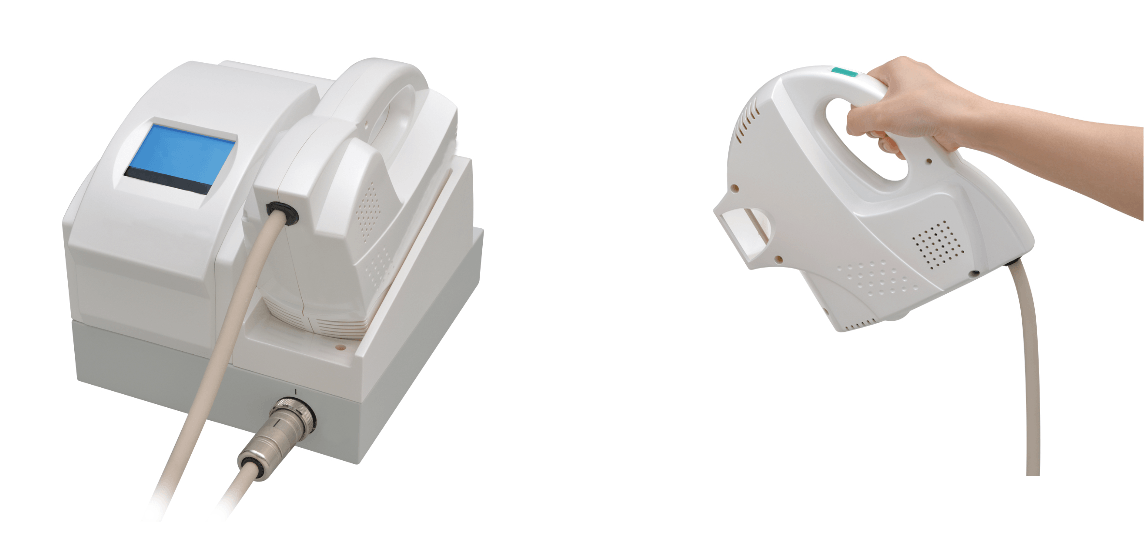
Table II lists some of the factors that may adversely affect fetal oxygenation and contribute to or cause fetal hypoxia and consequent cord-blood metabolic acidosis. increased base deficit) – thus implies that sometime during labor, oxygenation of fetal tissues was severely compromised. Cord-blood metabolic acidosis – which is characterized by reduced blood pH and decreased base excess (i.e. Normal buffering mechanisms are overwhelmed by this acid influx, and pH falls below normal limits. Metabolic acidosis develops because when tissue cells are severely depleted of oxygen, aerobic metabolism of glucose is compromised, and cells must depend for their function and survival on less effective anaerobic pathways that result in reduced ATP (energy) production and, importantly for this discussion, accumulation of metabolic acids (principally lactic acid). Īsphyxia is reduced tissue oxygen (hypoxia) of sufficient severity and duration to cause metabolic acidosis. It has been shown to be more reliable in this regard than routine clinical assessment at birth using the Apgar scoring system. The clinical value of cord blood gas analysis lies in its ability to provide objective evidence of asphyxia at the moment of birth. After separation from maternal circulation, and throughout life, oxygenated blood is carried in arteries from lungs to the tissues and deoxygenated blood is carried from tissues back to the lungs in veins). This reflects the fact that it is the umbilical vein that carries oxygenated blood rather than the umbilical artery.

(Note that umbilical venous blood gas values more closely resemble those of adult arterial blood than do those of umbilical arterial blood. TABLE I: Median and centile ranges for umbilical-cord blood gas and lactate values. Īdult arterial (non-cord) blood values (for comparison only) The umbilical-cord blood data contained in the table is derived from a study of all 19,600 live births (>20 weeks gestation) at a tertiary care obstetrics unit during a 3-year period results are consistent with smaller, earlier studies. The normal physiological difference between venous and arterial cord blood gas and acid-base values is described in Table I. It is vital, therefore, that the acid-base parameters (pH, base excess (BE) and lactate) derived from arterial rather than venous cord blood are used to assess neonatal condition. Thus venous cord blood reflects the combined effect of maternal acid-base status and placental function, whilst arterial cord blood reflects neonatal acid-base status. So, the umbilical cord contains three blood vessels: one large vein carrying oxygenated blood to the fetus and two much smaller arteries carrying deoxygenated blood that is relatively rich in carbon dioxide and other metabolic waste products from the fetus. This now deoxygenated blood contains the waste products of fetal metabolism, including carbon dioxide ( pCO 2), for elimination from maternal circulation via lungs and kidneys. Following tissue extraction of oxygen and nutrients, fetal blood returns to the placenta via two small umbilical arteries. Oxygen and nutrients diffuse across the placental membrane from maternal arterial blood and is transported to the fetus via a single large umbilical vein. Fetal and maternal circulation is proximate at the placenta where gas/nutrient exchange between maternal and fetal circulation occurs. The growing fetus depends for oxygen and nutrients on maternal blood supply.

The article begins with some background physiology/anatomy of placental/fetal circulation that highlights the all-important distinction between arterial and venous cord blood for accurate assessment of fetal/neonatal acid-base status. The applicability of cord blood gas analysis is an unresolved controversy that will be addressed: should cord blood gas analysis be reserved for defined high-risk deliveries or should it, as some advise, be more universally applied at all hospital births?įinally, the potential role of cord-blood lactate measurement will be discussed.

Important issues surrounding cord blood sampling will also be discussed. The intended purpose of this review article is to detail the clinical value of determining acid-base parameters – particularly pH and base excess – of umbilical-cord blood. The pH, base excess and pCO 2 (acid-base status) of arterial blood flowing through the umbilical cord provides valuable objective evidence of the metabolic condition of neonates at the moment of birth a notion that has assured a role for the blood gas analyzer in hospital delivery suites in cases of suspected fetal distress/asphyxia.


 0 kommentar(er)
0 kommentar(er)
